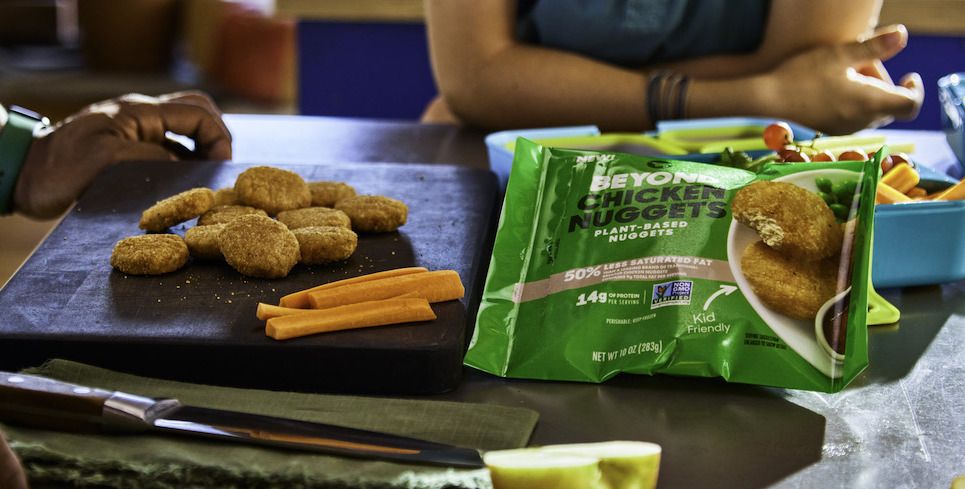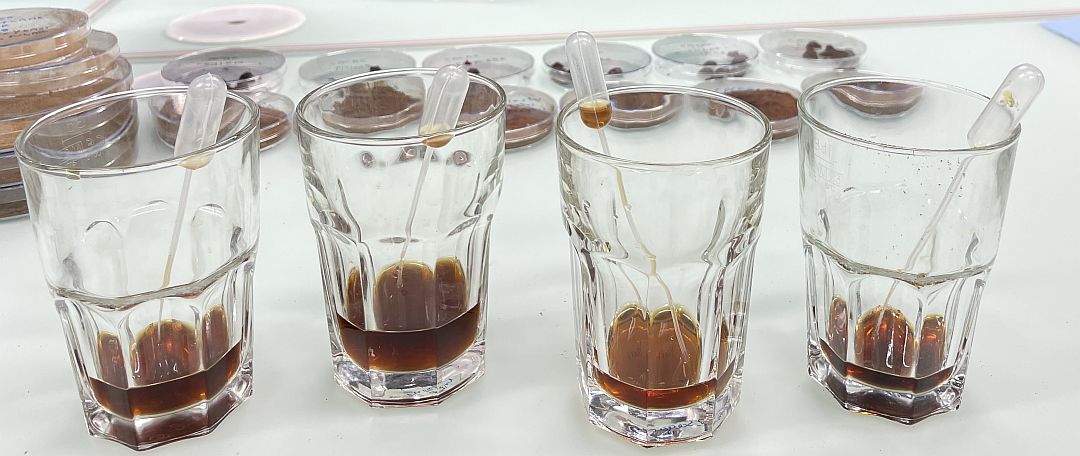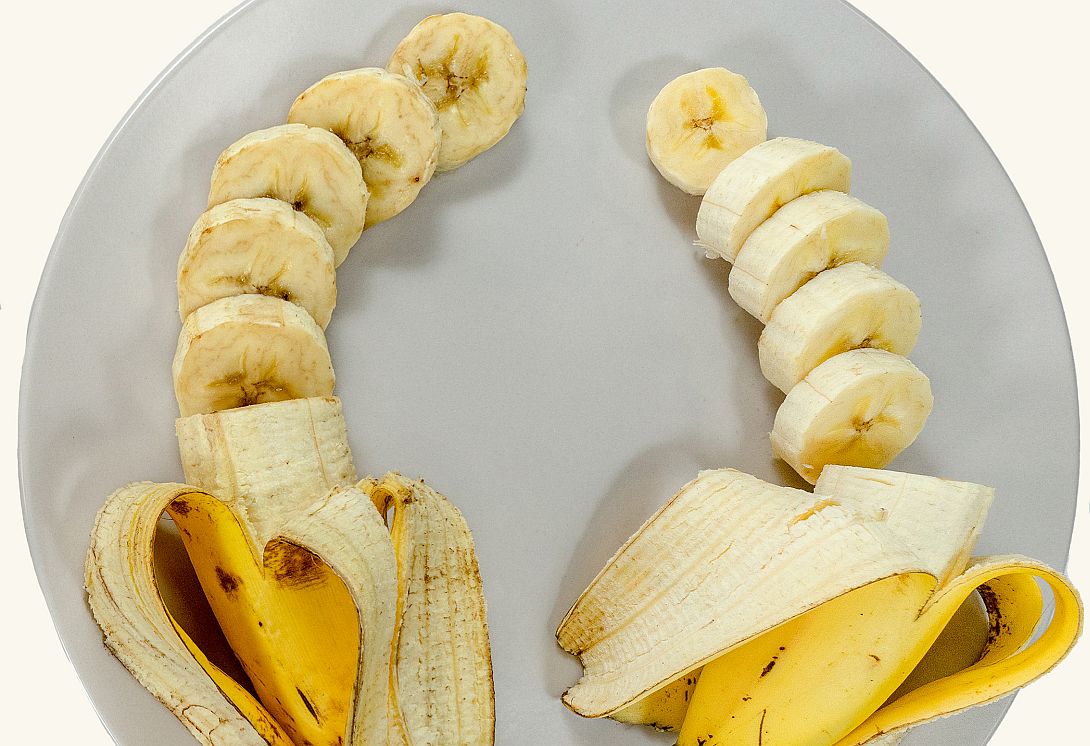Swiss startup Impossible Materials has raised SFr3.4 million ($3.8 million) in seed funding to help commercialize its first product, a cellulose-based alternative to titanium dioxide (TiO2), a white pigment recently banned in the EU for use in foods.
The round, which was led by Mission Possible Capital, was supported by Big Idea Ventures and several other VC investors, along with Swiss angel investors. It will be used to construct a pilot facility in Marly, Switzerland, expand the team, and work on market entry in food, cosmetics, and pharmaceuticals.
A spin-out from the University of Cambridge and University of Fribourg incorporated in Switzerland in 2022, Impossible Materials has “received unsolicited inbound interest [in its TiO2 alternative] from over 80 companies across various sectors,” cofounder and CEO Lukas Schertel told AFN.
“We have ongoing partnerships in the food and food-related sectors. Initial testing of our material compared to TiO2 alternatives has shown that we can outperform them, and we forecast to be cost-competitive.”
‘Initial testing of our material compared to TiO2 alternatives has shown we can outperform them’
Asked about the source of the cellulose used to make the pigment, he said: “We are generally not restricted to any specific source, but wood pulp is a cost-efficient, reliable sourcing material for us.”
As for labeling, he added, “Our cellulose white pigments are cellulose microparticles and are foreseen to be classified as such.”
Quizzed about the timeline, he told us: “We have started the process of obtaining regulatory approval both in the US and Europe and we are partnering with interested companies in the space and expect to go to market within the next few years. However it is still too early to provide any meaningful timelines.”
“Alternative protein products are getting better every day and it won’t be long until we can deliver consumers their traditional foods in more sustainable and climate friendly ways. Big Idea Ventures is investing in high quality and cost effective supporting technologies that help accelerate consumer acceptance of alternative proteins.” Andrew D. Ive, founder, Big Idea Ventures
What is titanium dioxide?
Titanium dioxide—a whitening and brightening pigment used in everything from gum to plant-based chicken—is a naturally occurring mineral that is mined from the earth then further processed and purified for use in consumer products.
While TiO2 is approved as a color additive exempt from certification in the US, it has been banned in food products sold in the EU since August 2022 after the European Food Safety Authority (EFSA) determined that it “can no longer be considered safe as a food additive.”
Regulators in North America have taken a different view, with Health Canada recently concluding that there is “no conclusive scientific evidence that the food additive TiO2 is a concern for human health,” while the US Food and Drug Administration (FDA) said in December that “available safety studies do not demonstrate safety concerns connected to the use of TiO2 as a color additive.”
However, many US manufacturers are still keen to phase it out as part of clean label commitments, Fernando Arias, sales and marketing director at ROHA USA told FoodNavigator-USA late last year: “Global brands will not want the label in the US to be considered ‘less safe’ then the EU label.”

EFSA: ‘We could not establish a safe level for daily intake of the food additive’
In May 2021, EFSA issued an evaluation taking into account “new scientific evidence and data on nanoparticles,” and concluded that titanium dioxide “can no longer be considered safe as a food additive.”
Although no clear correlation was observed between the properties of titanium dioxide particles and the results of genotoxicity tests, EFSA concluded that the particles “have the potential to induce DNA strand breaks and chromosomal damage, although not gene mutations.
“We could not exclude genotoxicity concerns after consumption of titanium dioxide particles. After oral ingestion, the absorption of titanium dioxide particles is low, however they can accumulate in the body.”
Source link
Author Elaine Watson







